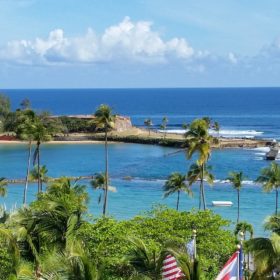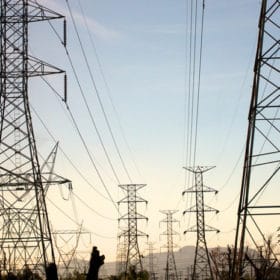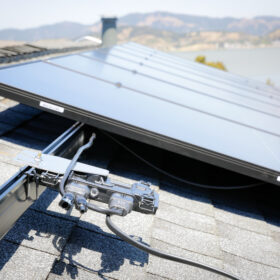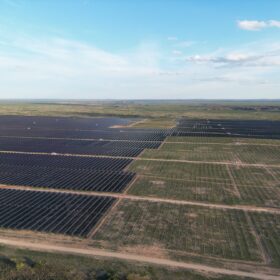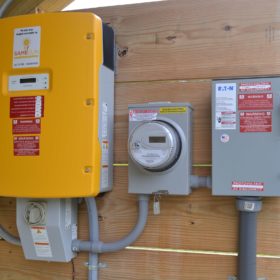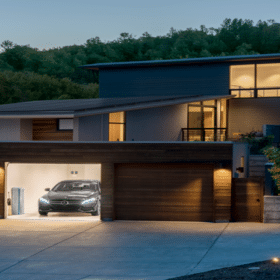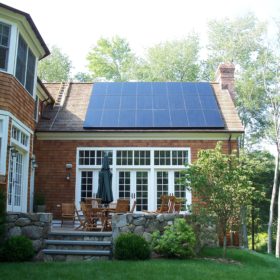A path to 20 GW of distributed solar in New York
Accelerating deployment of rooftop and community solar with supportive policies would help New York meet its goal of 70% renewable power by 2030 at lower cost, says a solar trade group.
DOE offers conditional loan guarantee for 200 MW solar, 285 MW storage in Puerto Rico
Two solar-plus-storage projects in Puerto Rico eligible for a loan guarantee would double the territory’s utility-scale solar capacity.
Grid operator PJM to start talks on regional transmission
The nation’s largest grid operator told renewables trade groups that it will launch a transmission planning process ordered by the Federal Energy Regulatory Commission.
Protecting smart inverters from cyberattack
The National Institute of Standards and Technology has flagged a cybersecurity risk for smart inverters, and is developing guidelines to prevent cyberattacks.
Louisiana allows firms to buy 500 more MW of renewable power
Louisiana’s large electricity customers will be allowed to purchase up to 500 MW of renewable power through a new type of agreement with renewable project owners.
How to speed interconnection studies
Automation of interconnection study processes is already underway and has room to grow, said executives from Pearl Street Technologies and Nira Energy on an industry panel. Other panelists discussed developing the engineering workforce.
Experts consider speedy utility-scale interconnection in Texas going nationwide
Some experts shared data to back up their praise for the “connect and manage” approach used by Texas grid operator ERCOT, while others speaking on an industry panel explained their reservations.
Smart inverter adoption is generally slow nationwide, says Sunrun executive
To greatly increase hosting capacity for distributed solar and storage, Sunrun executive Steven Rymsha calls for faster adoption of smart inverters using default settings, along with related consumer protections, and ultimately a plug-and-play experience for customers buying rooftop solar.
Maine may design a distribution system operator to advance distributed energy resources
Maine has hired a consulting firm to evaluate whether forming a distribution system operator could speed deployment of distributed energy resources and support other state goals. Consultants are reviewing how the approach is used in five other countries.
NREL guide for anyone seeking more solar and storage in utility resource plans
A guide to utility resource plans aims to help state regulators and others engage effectively with utilities in reviewing the plans, which have often been challenged for limiting solar and storage in projections of new generating capacity needed.

